New Colnago V4RS unveiled - the bike Tadej Pogačar will use to take back the Tour in 2023
Different versions of a new Colnago race bike had been trialled in competition under the name 'Prototipo'... now the design is finalised and all the details revealed
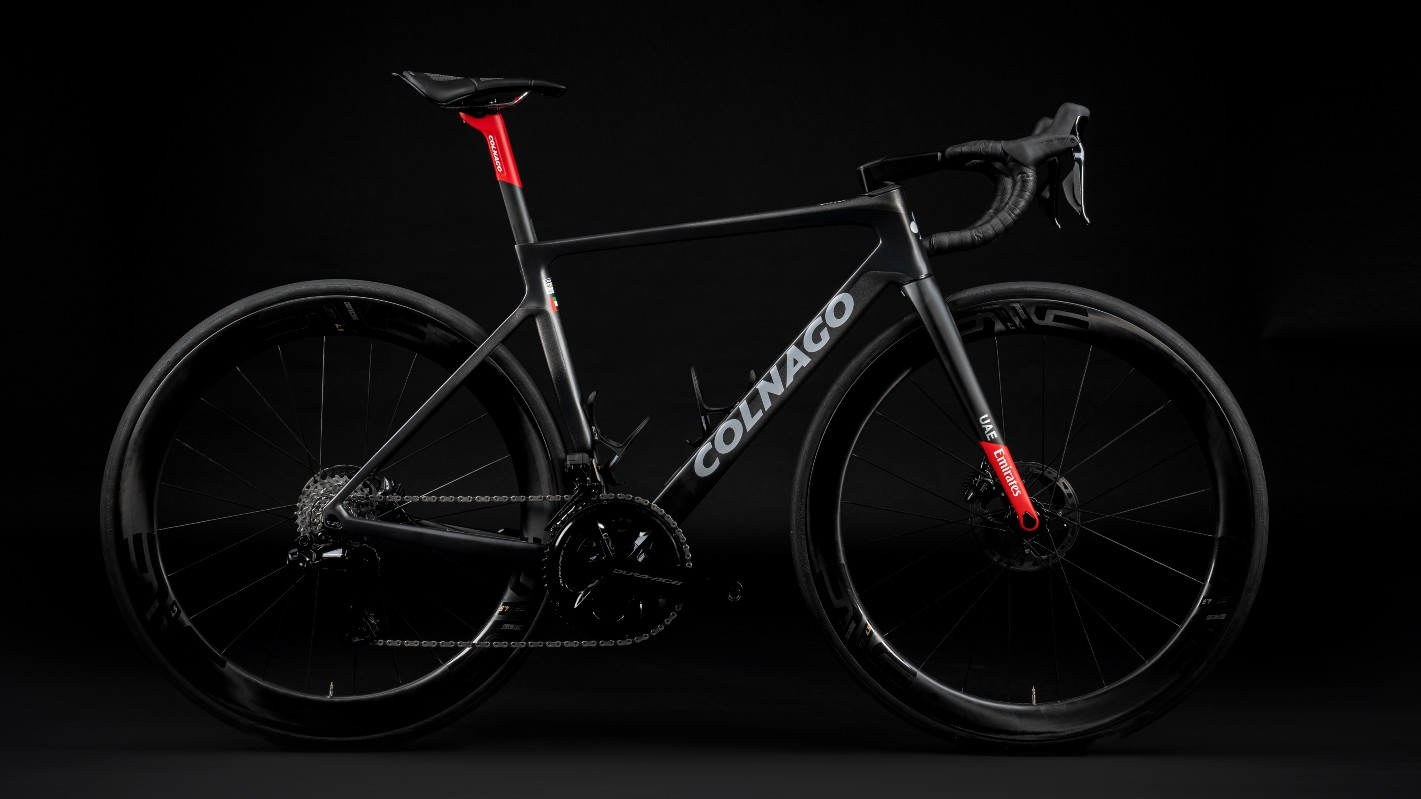

Colnago has launched the V4RS, the successor to the double Tour de France-winning Colnago V3RS.
The new all-rounder lightweight aero bike was tested by Tadej Pogačar and the UAE Emirates team through 2022 in five different carbon layup configurations and was provisionally named ‘Prototipo’.
Now the Italian brand has settled on a final version that’s ready for the team’s 2023 campaign, as well as that of women's WorldTour team UAE Team ADQ, and also of course for the market.
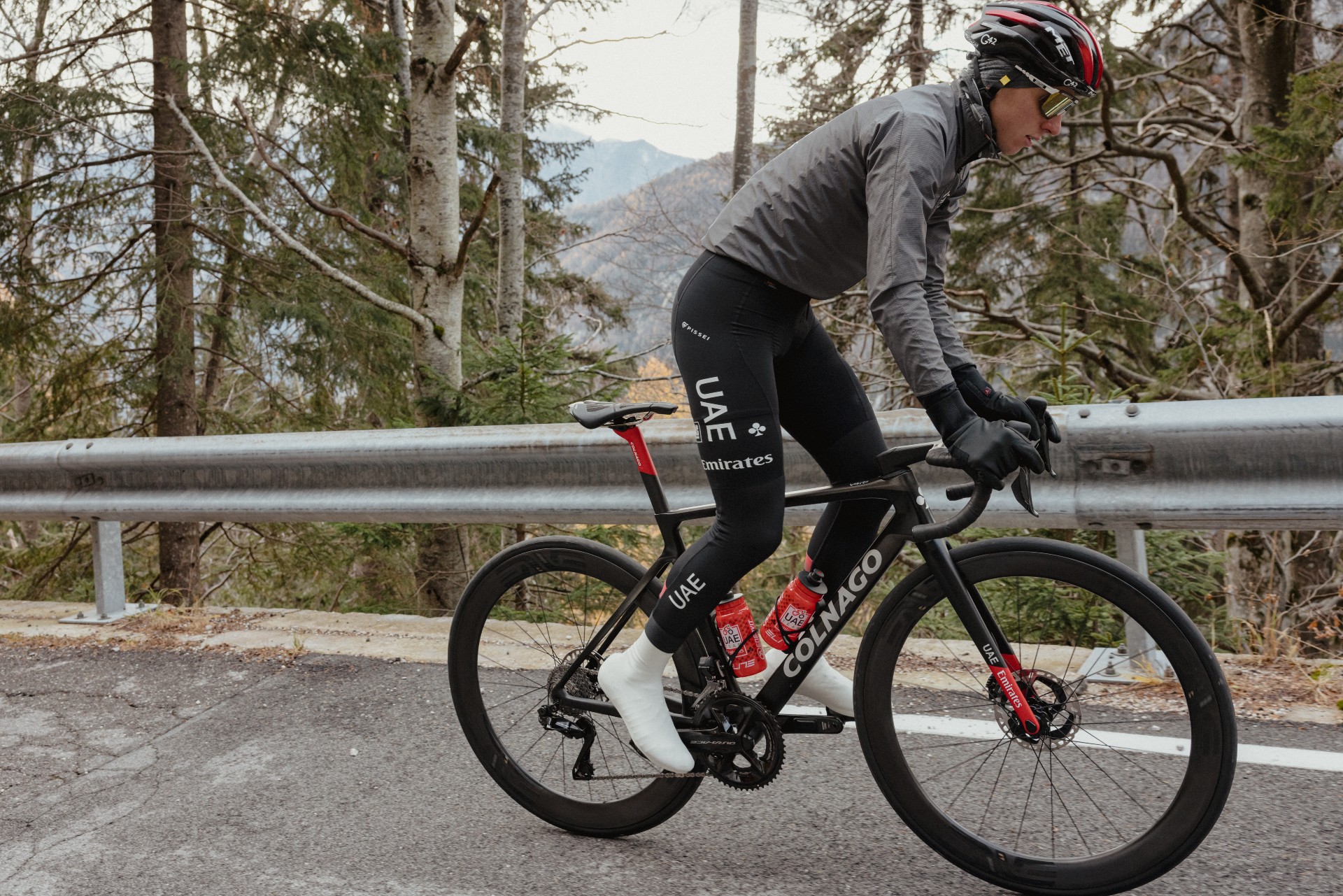
As the name confirms and as was clear from the Prototipo, it’s an evolution rather than a redesign. And visually you have to look closely to discern the differences - the V4RS has the same sharp, angular aesthetic with no surprise new design flourishes à la Trek Madone and Scott Foil RC. Colnago has literally played it straight.
The V3RS, launched in 2019, was ridden by Pogacar not only to two Tour GC wins but also to single-day Classics wins at Liege-Bastogne-Liege and Il Lombardia. In Colnago’s words, “it’s hard to improve what is already great.”
Since the V3RS was the first Colnago-branded bike to win the Tour de France it’s hardly surprising that it’s somewhat venerated.
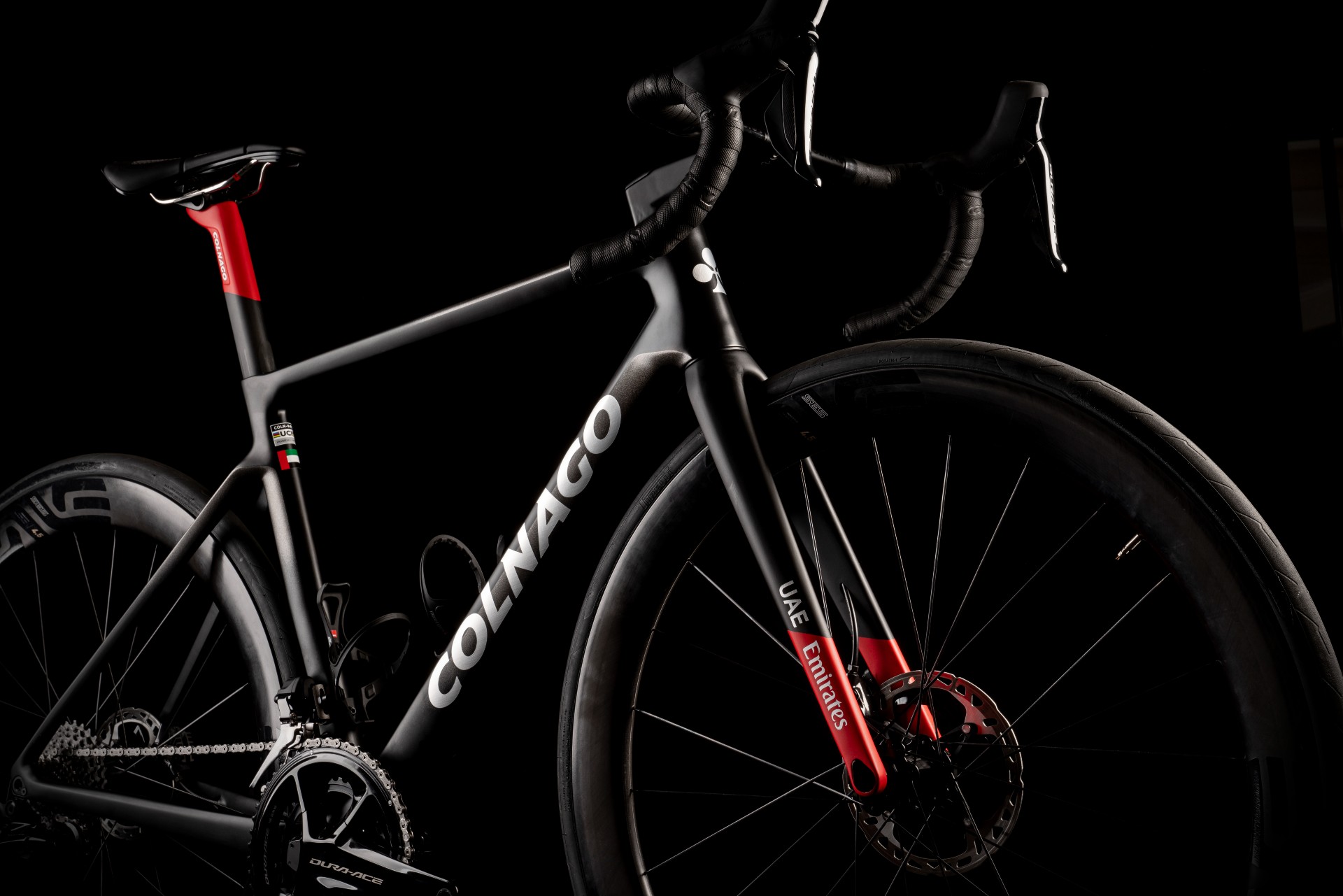
However, the Italian brand set about improving the “five parts of the equation behind a winning bicycle” which it identifies as aerodynamics, stiffness, lightness, comfort and robustness.
Get The Leadout Newsletter
The latest race content, interviews, features, reviews and expert buying guides, direct to your inbox!
Addressing the first and second, its aim was to build a lightweight bike that has a drag coefficient comparable to that of an aero bike.
The third, and fourth: to make it stiffer exactly where stiffness is needed and to create a geometry that it says allows easier size selection. Interestingly here there’s no mention of creating flex zones in the carbon layup and unlike the Scott Foil RC or Trek Madone, there are no cleverly placed cutouts to allow extra compliance.
And the final one, robustness: Colnago here recognises the hard life a pro bike is subjected to and says it needed to build a frame that could sustain the worst conditions possible - specifically crashes and bad weather.
The V4RS has, Colnago says, been in development since 2020 with the UAE team. Although when the Prototipo was unveiled Colnago didn’t give much away about the bike itself, the design process was very interesting - arguably more so than the claimed improvements to aerodynamics, stiffness and comfort.
According to Colnago, the project involved a completely new method of construction in which the new Colnago C68, launched earlier this year was used as a test mule. The Prototipo is a monocoque frame, but Colnago says it was able to test different layups of carbon-fibre for some parts of the Prototipo on the parts that make up the C68 frame, which is modular and made up of separate parts rather than a monocoque.
Norwegian designer Torgny Fjeldskaar, who has led design teams at Cannondale and BMC and has the original SystemSix and the Teammachine in his portfolio, was drafted in.
Fjeldskaar’s followers identified some of his signature features, such as the head tube, which is much more angular compared to the V3RS’s more traditional shape.
The fairytale ending - or perhaps beginning - would have been for Pogacar to win his third Tour de France aboard the new bike. It didn’t happen, but Colnago still pragmatically reminds us that the Prototipo chalked up 23 pro victories by 10 different riders and this, it says, was enough to approve the bike - though it doesn’t say which of the five versions 'won'.
Colnago V4RS: more aerodynamic front
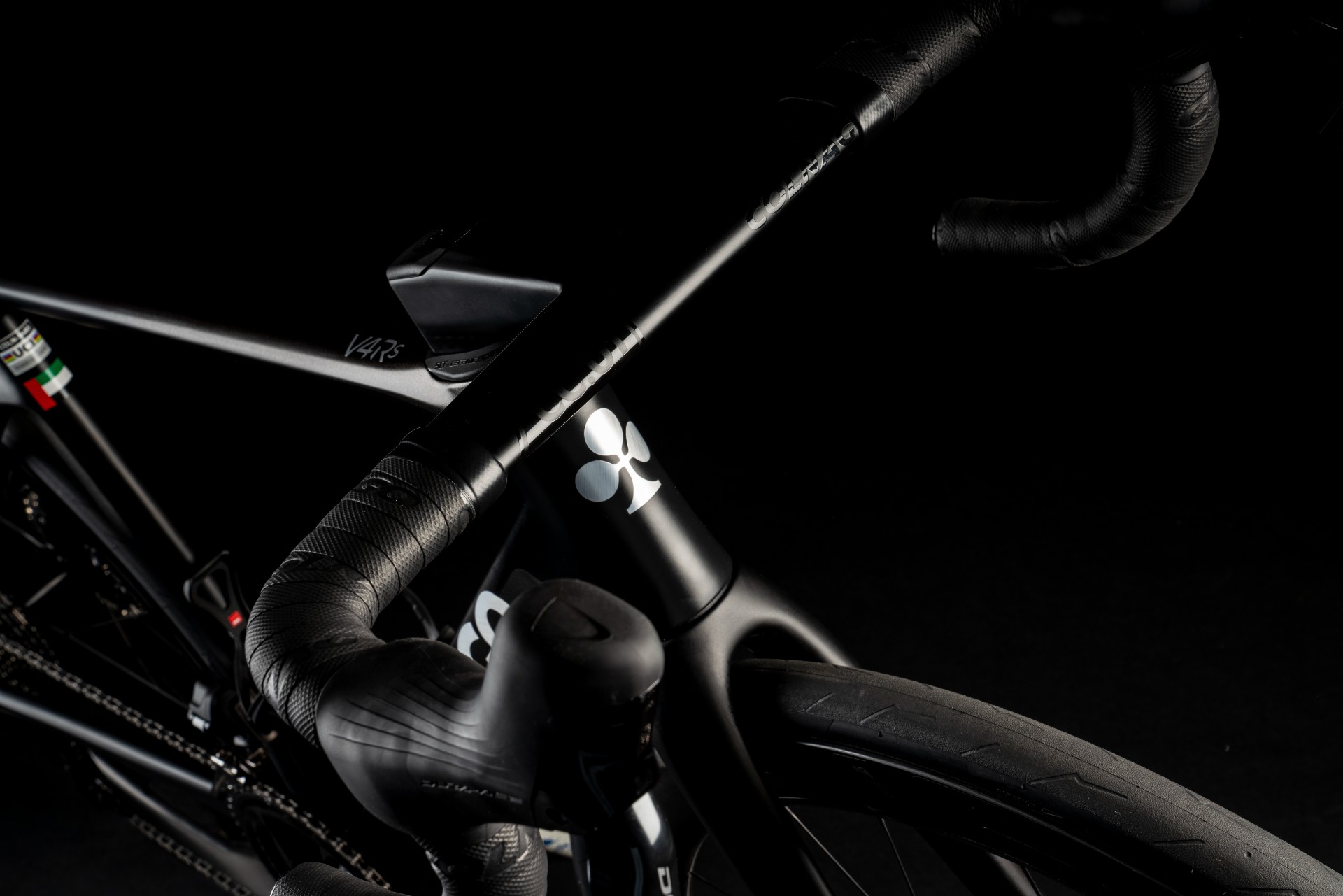
With the official launch of the V4RS, however, it has released a white paper with details of how and where the gains were made. The front of the bike is confirmed as having been “optimised”.
The shape of the head tube has been revised and integrated with the new fork, which is designed to allow an effective tyre clearance up to 32 mm and adding the new CC.01 cockpit, also used by the Colnago C68.
The upper headset bearing is bigger than that of the V3RS, but Colnago says there’s no drag penalty, it improves handling stability and it allows enough space for the cables to run internally without using the D-shaped steerer that the old bike used. This is most likely the same arrangement as that of the C68, which uses a round-profiled 1 1/8in fork steerer with internal routing.
Although it comes with Colnago’s CC.01 integrated cockpit that the brand says creates 16% less drag than the V3RS’s, and which the UAE team will use, the new bike is compatible with third-party cockpits.
Colnago offers a 3D-printed computer mount that currently is only for the Wahoo Elemnt Bolt V2 (more to come) and it looks like a really slick design that is claimed to save 0.75 watts.

As for the overall watt savings, Colnago has supplied three different sets of data for the V4RS compared to a single one for the V3RS that was fitted with a “baseline reference wheel”. This is, it says, in order to show the importance of a fully optimised platform, though it’s not comparing like for like.
The best savings the optimised V4RS can post over the V3RS with the standard “wheel A” is 19.2 watts or 16% (weighted average drag) for the bicycle at 50kph and 6% or 27.7 watts with a pedalling rider.
'Frame kit' 57g lighter
As for the weight, the unpainted V4RS frame size 485 is actually 3g heavier than the equivalent V3RS (798g compared to 795g) but Colnago has focused on the ‘frame kit’ weight, which includes frame, fork, headset and cockpit for both bikes, and in this scenario the new V4RS is a claimed 57g lighter.
Introducing 'Real-Dynamic Stiffness'
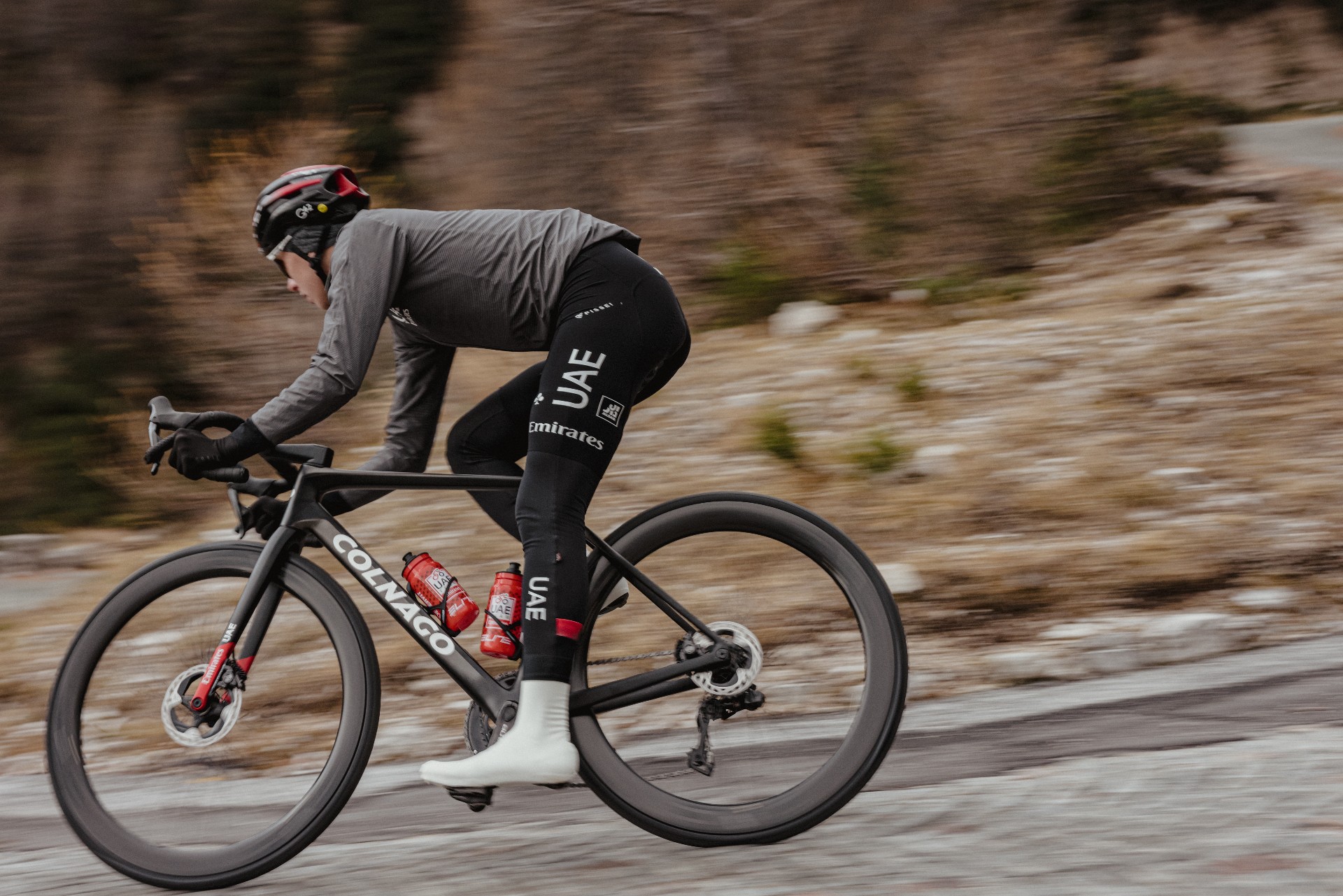
Colnago says that in the results of Zedler testing - the independent German institute that conducts bicycle component testing - the head tube of the V4RS comes out 5-10% stiffer than the V3RS's - but that's only part of the story.
Colnago says it created internal - more sophisticated - methodologies aimed at replicating the loading forces of standing-on-pedals and seated positions to check overall frame deformation and stiffness rather than more localised areas of the frame.
Then, it says, it was able to define Real-Dynamic Stiffness (RDS), and used this to compare all the prototypes in validated loading situations.
And in these tests Colnago says the V4RS is 4% stiffer in the sprinting position and 5% stiffer in seated.
The methodologies and machines are patent pending, Colnago says, which is why they can only be partially disclosed.
Geometry 'easier' to find the right fit
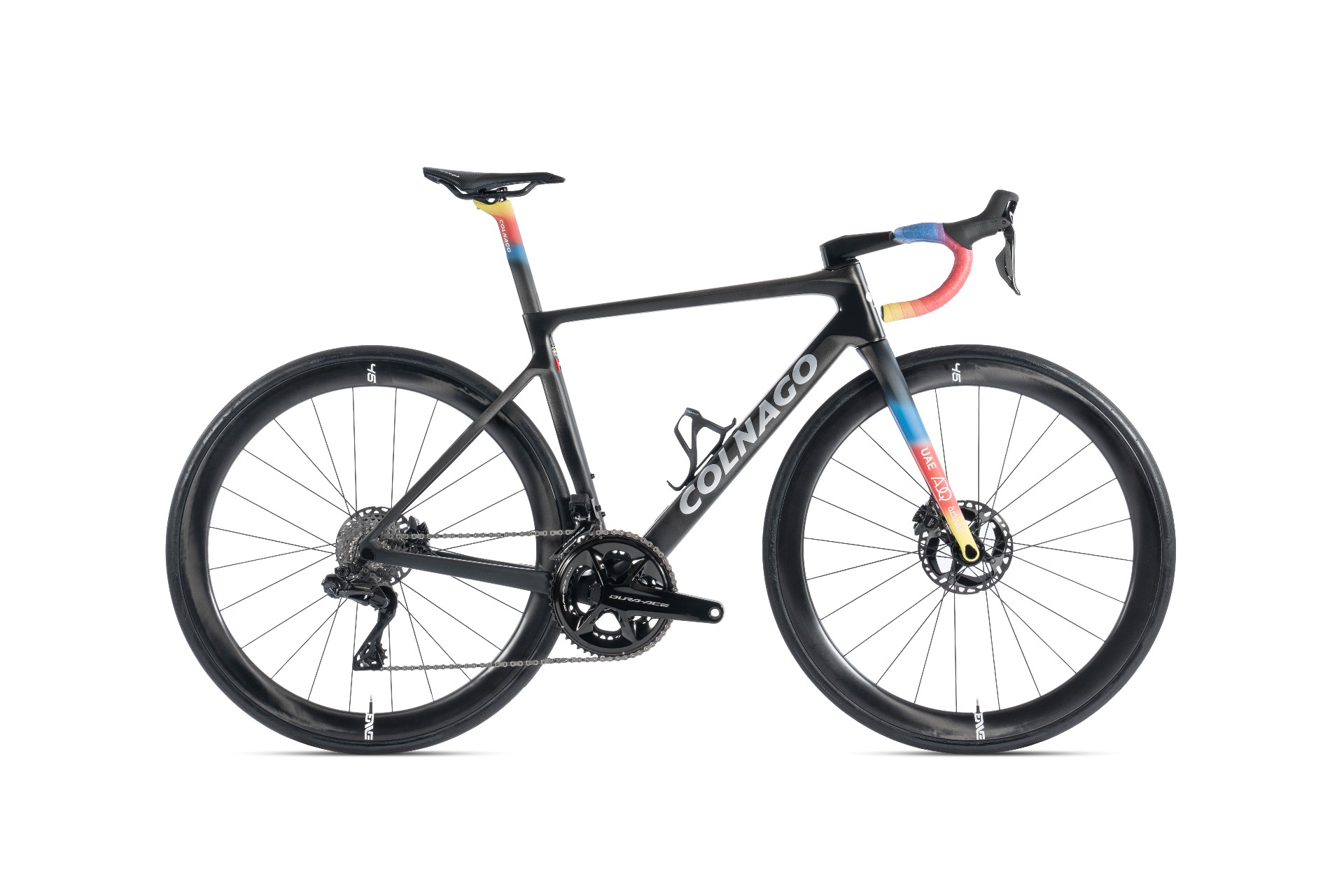
The V4RS comes in the same seven sizes as the Colnago C68 and the geometry itself is also virtually identical - a little surprising considering the C68 is not a dedicated race bike.
The stack/reach ratio now progresses in a more linear way compared to the outgoing V3RS. The smaller V3RS sizes tended towards a more aggressive ratio while the medium V4RS sizes are very slightly shorter and taller.
A graph included in the white paper shows how the stack/reach measurements of the V4RS plot a straight line between the sizes compared to the more erratic V3RS sizing.
That said, compared to the V3RS, the geometry itself is overall not radically different. The same relatively relaxed head tube angle remains; perhaps the biggest difference is that the chainstay length is now 408mm across all the sizes, whereas the V3RS’s chainstays lengthened towards the larger frame sizes.
More crash resistant plus CeramicSpeed bearings
And finally, Colnago says the new V4Rs significantly improves the crashworthiness of the most exposed parts which may be subjected to impact in racing conditions. An example is given via the new designed seatstays which, it says, along with the more aerodynamic shape significantly improve flexural and impact resistance.
And, like the C68, the V4RS gets headset bearings by CeramicSpeed that are expected to last the life of the bike so that you don't have to pull the integrated cockpit and hoses to pieces too often.
Pricing benchmarked against BMC, Pinarello and Specialized
Colnago has kept an eye on its closest WorldTour rivals when it comes to setting a RRP for the V4RS: The frame kit will cost €5,250 compared to €5,299 for the BMC SLR01 and €5,600 for the Pinarello Dogma F and €5,200 for the S-Works Tarmac SL7.
The team edition Colnago V4RS with Shimano Dura-Ace Di2, ENVE 3.4 wheelset and Colnago CC.01 cockpit will cost €15,260.
Check out www.colnago.com for the latest updates.
At the launch we only had prices in euro.
Ah, and last but not least, what about the colours? Many Colnago fans are desperate to get the retina-searing Art Decor scheme of the 1990s Master back in the range, but it's not happening with the V4RS yet: at the launch there are the two UAE team colour liveries, which are probably team only, plus white/silver, red/black and matt black with gloss black decals.
However, the C68 has appeared in various artist collaborations this last year and the Motoki Yoshio edition adorns the Colnago homepage. Nathan Haas's G3X has actually sported a Decor scheme this year. So never say never...

Thank you for reading 20 articles this month* Join now for unlimited access
Enjoy your first month for just £1 / $1 / €1
*Read 5 free articles per month without a subscription

Join now for unlimited access
Try first month for just £1 / $1 / €1
Simon Smythe is a hugely experienced cycling tech writer, who has been writing for Cycling Weekly since 2003. Until recently he was our senior tech writer. In his cycling career Simon has mostly focused on time trialling with a national medal, a few open wins and his club's 30-mile record in his palmares. These days he spends most of his time testing road bikes, or on a tandem doing the school run with his younger son.
-
 Man hands himself in to Belgian police after throwing full water bottle at Mathieu van der Poel during Paris-Roubaix
Man hands himself in to Belgian police after throwing full water bottle at Mathieu van der Poel during Paris-Roubaix30-year-old was on Templeuve-en-Pévèle cobbled sector when television pictures showed the bottle hitting him in the face
By Tom Thewlis Published
-
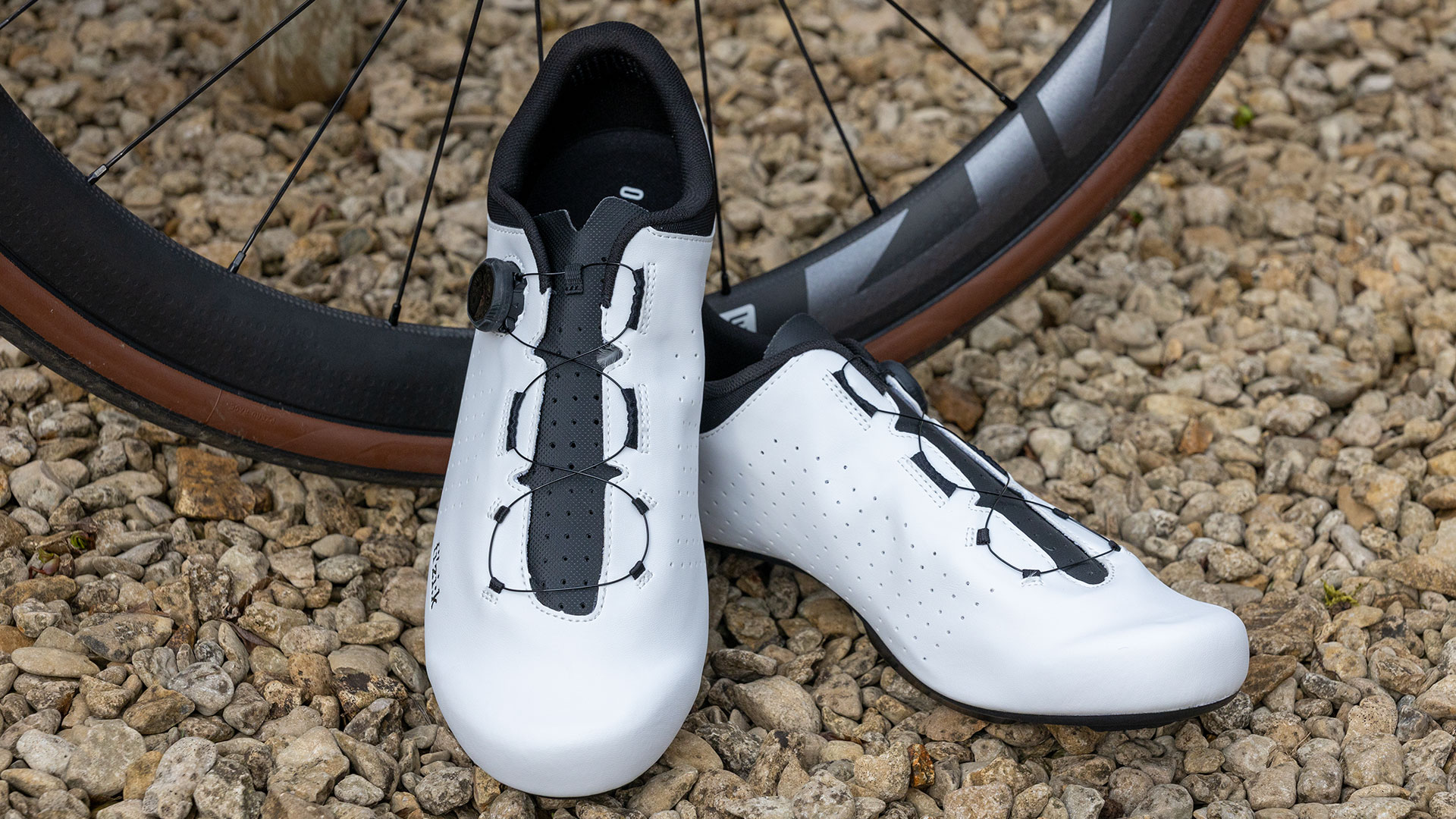 Fizik Vento Omna Wide shoe review: Yeti sneakers for those pedalling on a budget
Fizik Vento Omna Wide shoe review: Yeti sneakers for those pedalling on a budgetBroadly recommended for those of us with flipper feet
By Simon Fellows Published